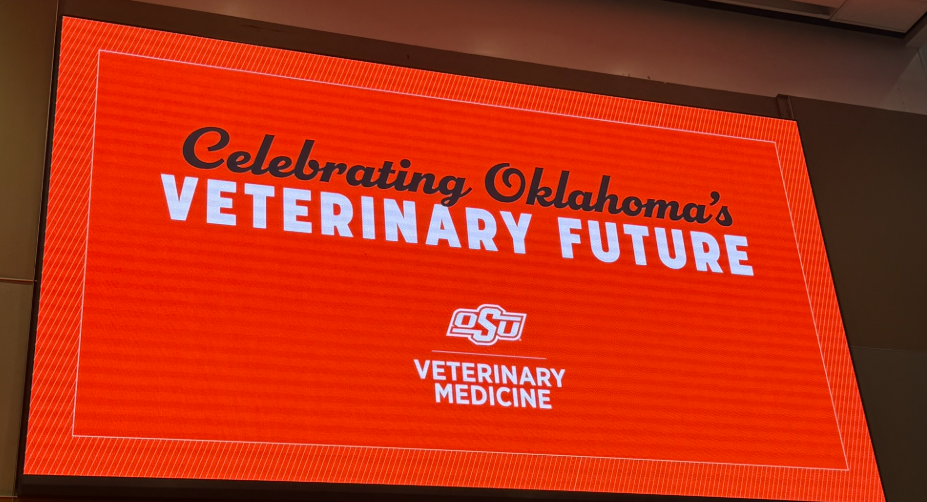
Farm director KC Sheperd spoke with Oklahoma State University President Jim Hess, as Oklahoma is celebrating a monumental investment in the future of veterinary medicine, centered around a new, state-of-the-art facility at Oklahoma State University (OSU) with legislators, lawmakers, Veterinarians, and OSU fans all on hand to celebrate. The occasion was particularly special for OSU President Dr. Jim Hess, who celebrated 50 years to the day since he first set foot on campus as a freshman in 1975. The new $329 million project, which will become a premier Veterinary Teaching Hospital, is a point of immense pride for Hess, who has been a passionate advocate for the project.
Securing the Future of Oklahoma’s Food Supply
The new facility is not just a building; it is a strategic investment with a profound mission. As Dr. Hess explained, the goal is to “change lives, affect our food supply and solidify the future.” He emphasized the critical role of veterinary medicine in protecting the state’s great agricultural economy. “Pork, chicken, and beef are not produced in the back of the Walmart store,” he reminded listeners, highlighting the lasting impact OSU’s veterinary medicine program has on safeguarding the food supply and pushing the agricultural economy forward. This commitment is a core part of OSU’s identity as a land-grant university, a status Dr. Hess proudly champions. He defined the land-grant mission simply as access to high-quality education and as problem solvers through research, extension, and instruction.

A Vision for a Premier Facility
The future of the new veterinary teaching hospital is bright, with construction expected to begin in the spring. Dr. Hess revealed that the site location has been narrowed down to two spots, with a strong preference for a location that would serve as a “gateway facility.” This would ensure that everyone driving by would see it and “say, Man, are we proud of Oklahoma State University and the College of Veterinary Medicine!” The new building, expected to take a couple of years to complete, is being hailed as one of the most historic achievements in generations.
But Dr. Hess stressed that the facility itself is only part of the vision. “It’s what’s inside that matters,” he said. Thanks to a recurring appropriation from the Oklahoma legislature, the college can hire sub-specialty clinicians, allowing the hospital to accept referrals from across Oklahoma and other states. This focus on acquiring top-tier talent will ensure that the new facility is not just a beautiful building, but a world-class hub of veterinary expertise dedicated to benefiting clients and their animals. For Dr. Hess, whose personal journey came “full circle” from shoveling manure in the barn crew in 1975 to leading this historic project, the celebration is a testament to the future of Oklahoma’s veterinary excellence, and Dr. Hess is excited for the future.


















